Introducation:
Understand your application requirements:
Before selecting HDPE pipe and fittings, it is critical to determine your specific application requirements. Consider factors such as the type of fluid or gas being conveyed, pressure and temperature conditions, expected loads and stresses, and regulatory standards.
Material quality and standards:
When selecting polyethylene pipes and fittings, give priority to quality materials that meet industry standards. Look for products that meet reputable international standards. Examples include pipes ISO 4427 and fittings ISO 4427-3.
Pipe size and SDR:
Select the appropriate size HDPE pipe based on your application requirements. Consider factors such as pipe diameter, wall thickness and standard dimension ratio (SDR). Lower SDR values indicate thicker walls suitable for applications that handle higher pressures. Carefully evaluate your project needs to determine the best SDR value for HDPE pipe to ensure optimal performance and longevity.
Pressure rating and service life:
The pressure rating of HDPE pipes and fittings determines their ability to withstand internal and external pressures. Evaluate the required pressure level based on your application. Includes peak and fluctuating pressures. Also, consider the expected lifespan of your pipes and fittings. HDPE offers exceptional durability. If properly installed and maintained, they can provide decades of reliable service.
Connection method:
HDPE pipe and fittings can be joined in a variety of ways. Such as butt welding, electrofusion and mechanical fittings. The choice of connection method depends on factors such as pipe size, application and installation requirements. Butt welding is typically used on larger diameter pipes. Electrofusion, on the other hand, is suitable for smaller pipes and fittings. Mechanical accessories provide flexibility and ease of installation. Carefully evaluate the pros and cons of each method and choose the one that works best for your project.
Chemical compatibility:
If your application involves transporting chemicals or corrosive substances. Make sure HDPE pipe and fittings are chemically compatible with the materials being conveyed. Consult the manufacturer or view chemical resistance charts to verify HDPE’s compatibility with specific chemicals to ensure the longevity and safety of your system.
Consider long-term costs:
Although the upfront cost of polyethylene pipes and fittings can vary. But the long-term costs associated with installation and maintenance must be considered. HDPE’s durability and resistance to corrosion, abrasion and chemical attack can reduce life cycle costs compared to alternative materials. Evaluate overall cost-effectiveness by considering installation, maintenance and potential energy savings.












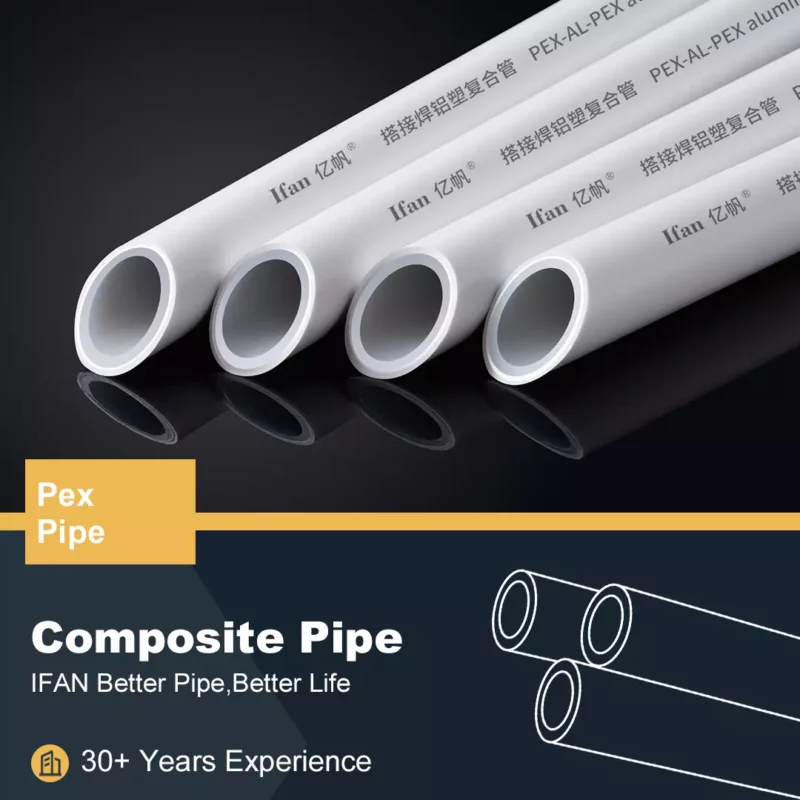








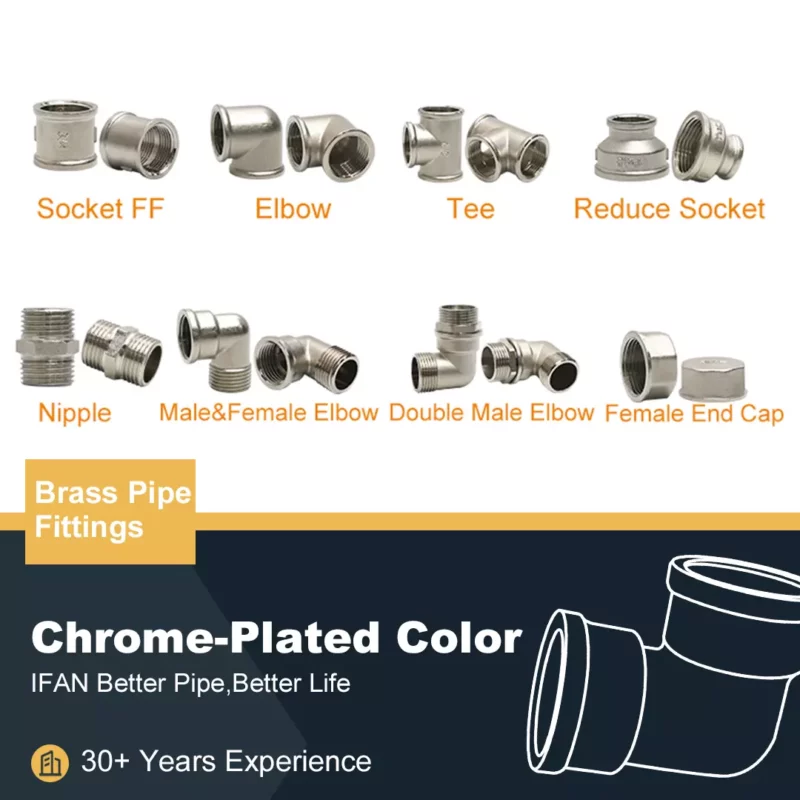
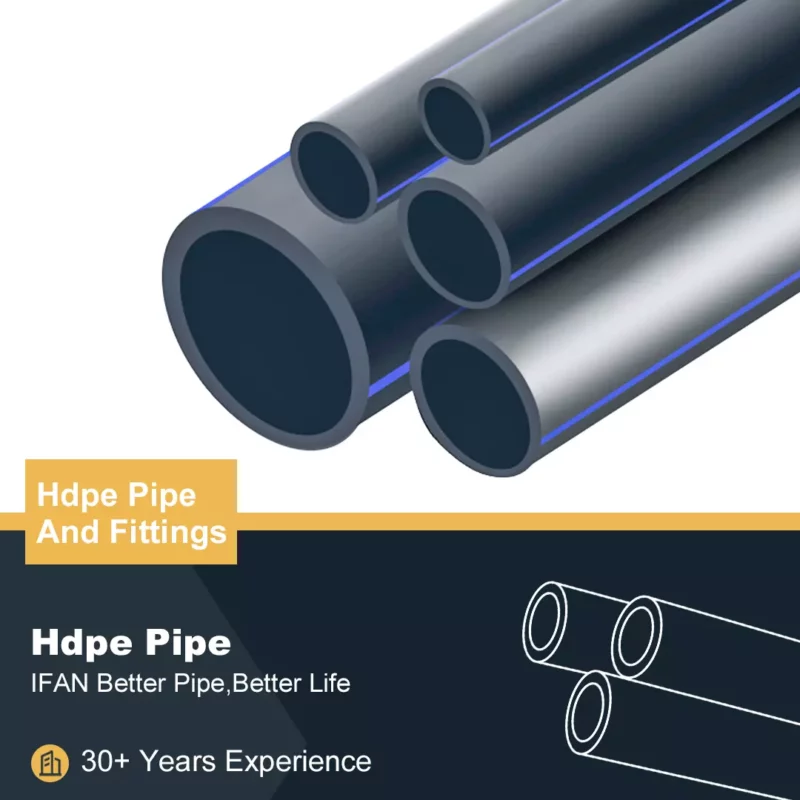




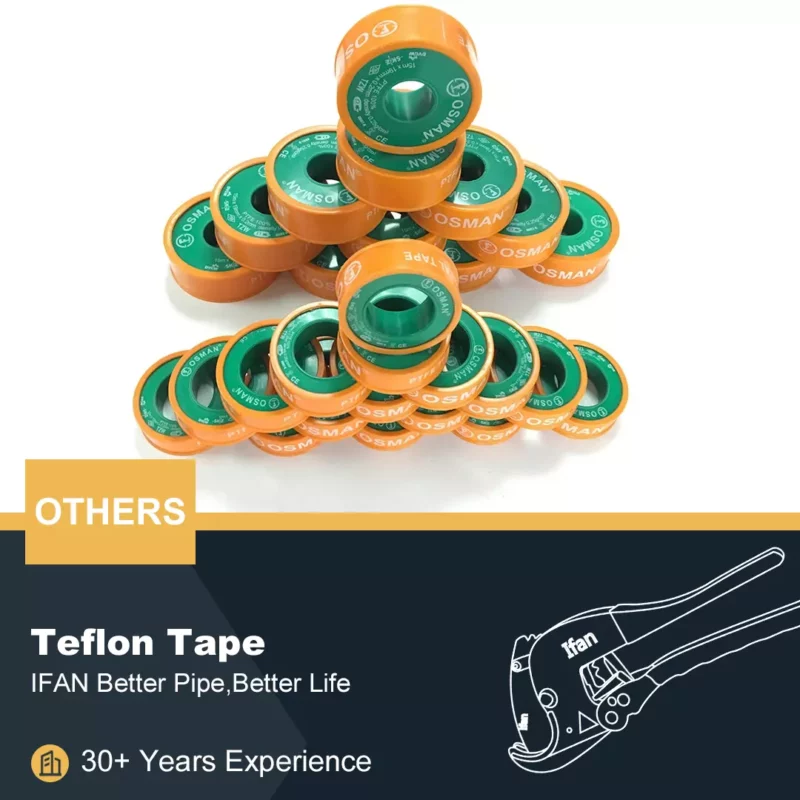
















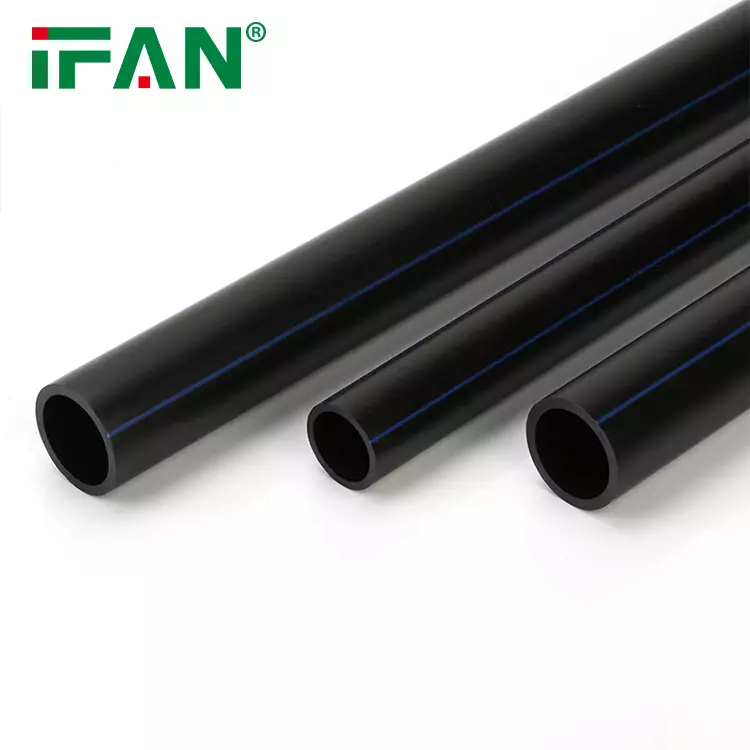











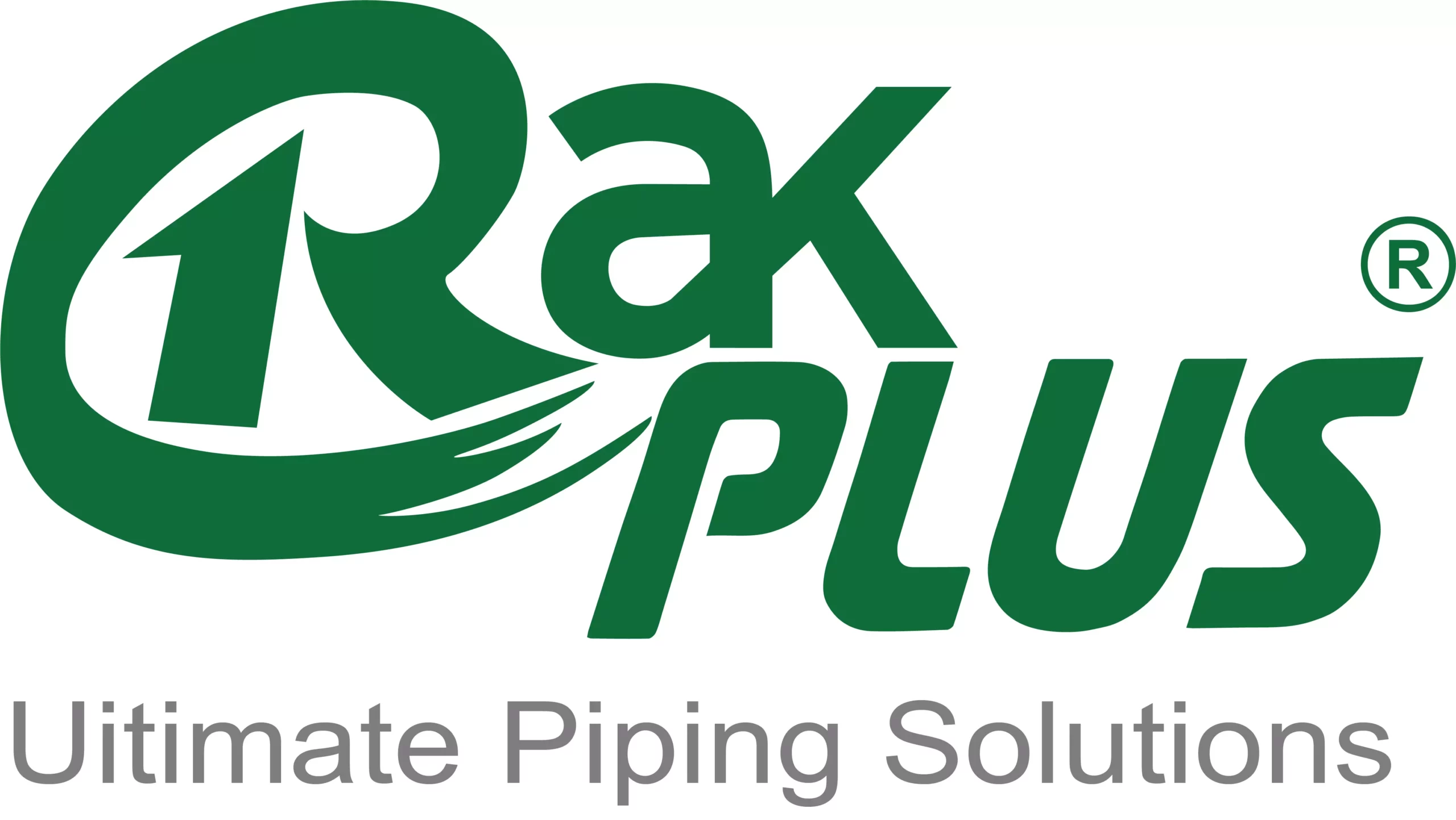


评价
目前还没有评价